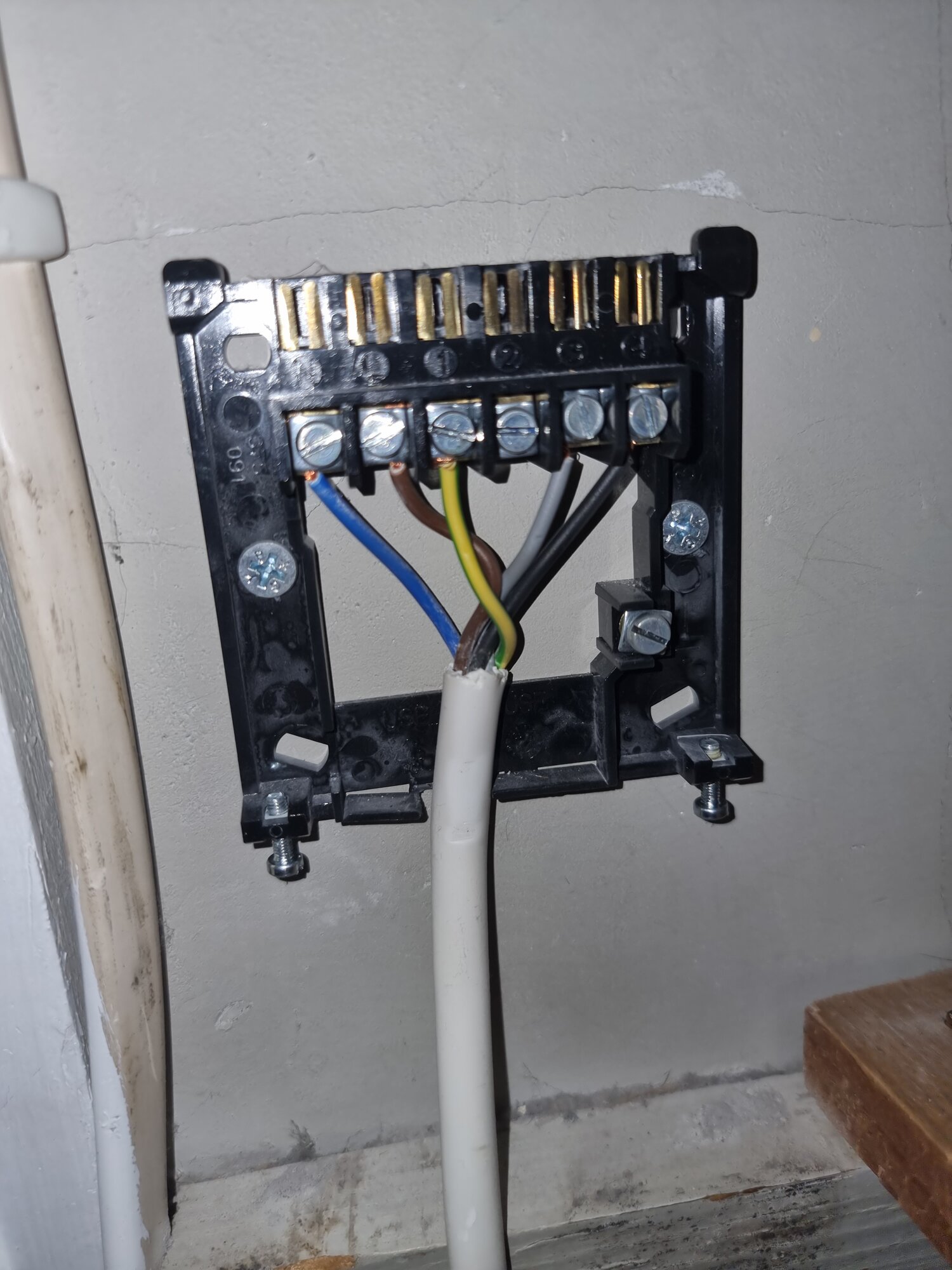@stem has answered most of the questions, technically you are permitted to over sleeve green/yellow when part of a cable, not permitted with singles, however
BS 7671:2008 411.3.1.1 said:
A circuit protective conductor shall be run to and terminated at each point in wiring and at each accessory except a lampholder having no exposed-conductive-parts and suspended from such a point.
This came in 1966, so an earth (protective conductor) must be present.
BS 7671:2008 514.4.2 said:
Single-core cables that are Coloured green-and-yellow throughout their length shall only be used as a protective conductor and shall not be over-marked at their terminations, except as permitted by Regulation 514.4.3.
since it stipulates single core, where two cables are used, it is permitted to over sleeve one of them, although ill advised, to do so.
As to Hive v Nest not sure good move, at least until the Nest temperature sensor is released in the UK, only released in USA at moment. Although the Nest Gen 3 algorithms are far better than Hive, and Nest can be used with OpenTherm, it can only detect the temperature in one room. Hive however as long as the wall thermostat has not reached 22°C can accept a demand for heat from a Hive TRV head and run the boiler for ½ hour to allow cool rooms to catch up. By setting the TRV's so room with wall thermostat does not exceed 22°C and putting the Hive TRV in any room which tends to lag behind you have a better system with Hive.
I have Nest Gen 3, and will admit it was a mistake, my excuse was when I bought the Energenie MiHome TRV heads they were supported by Nest, but when Google took over that support was dropped. So as it stands in most case Hive is better than Nest. In hind sight I should have used Honeywell EvoHome or Drayton Wiser, the latter has algorithms built into the TRV to speed up heating of rooms without over shooting. But not worth cost to change now.
16th Edition said:
471-08-08 In every installation which provides for protection against indirect contact by automatic disconnection of supply, a circuit protective conductor shall be run to and terminated at each point in wiring and at each accessory except a lampholder having no exposed-conductive-parts and suspended from such a point.
Don't have any earlier editions. So it seems never wired correct since installed.


